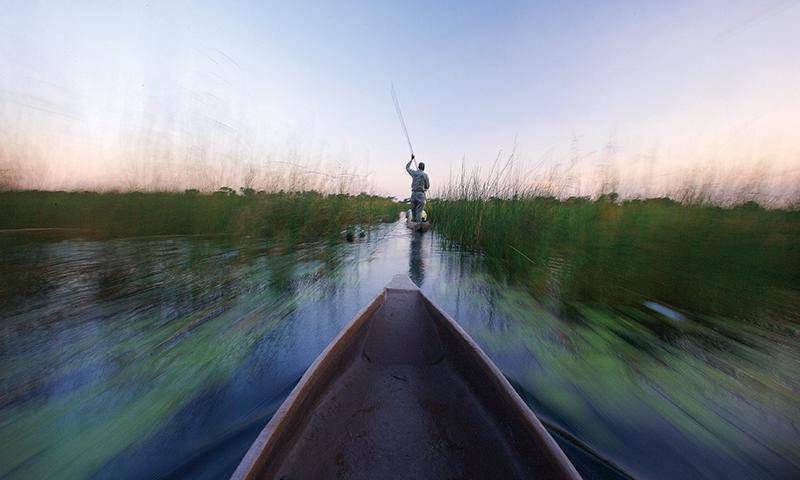Beautiful Botswana
Forty million years ago the Okavango, Kwando and Zambezi Rivers had their origins on the highlands of what is now Angola, and emptied their contents into a vast super-lake, about the size of France. From here, they joined the Limpopo and the Gariep eastwards to the sea in present-day Mozambique.
Get the most from your game drive
We all love the fresh air and the untamed wilderness of a safari drive. To witness animals in their natural habitat is not only a privilege but also awe-inspiring. Now, to get the most of your game drive, here are a few tips to keep in mind.
PHOTO TALE
Spotted Anglers
The constantly evolving Savute ecosystem has produced an amazing array of unusual animal behaviour, but there are few sights that can rival that of a leopard actively fishing in flowing water. The hunt is silent and static: a motionless shadow hovering above a river of prey, the darting movement of a pair of gleaming eyes the only clue to the predator’s intentions.
FEATURED ANIMAL
Hippopotamus
(Hippopotamus amphibius)
Although hippos in Africa kill more people than lions or crocodiles do, they are only dangerous when they feel threatened or their space is invaded. Their agility and speed must never be underestimated as they can run faster than humans. A threat display of yawning, showing their long razor-sharp canines, usually discourages aggressors.
PHOTO TIP
Macromagic
Macrophotography is photography magnified. With
its emphasis on detail, pattern, and texture, macrophotography can be very rewarding. The Kalahari in the rainy season are swamped with insects and other small creatures to photograph.
Scorpions, geckos and lizards are feeding on insects attracted by your camp light. Moths and butterflies are also abundant and when the termites are out, the kestrels, kites and falcons are up in the air in their hundreds to capture them in mid-flight.
ART IMAGE
Ghosts Of The Okavango
As a keystone species, elephants have a great importance in the maintenance of the ecosystems where they live. Their disappearance will cause permanent, irreversible loss of some spectacular biomes in the region.

